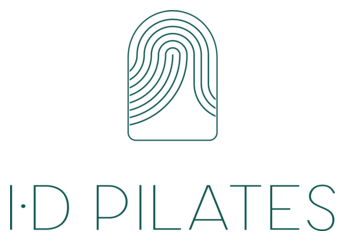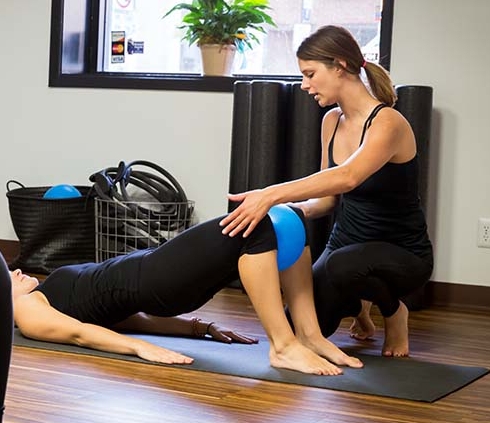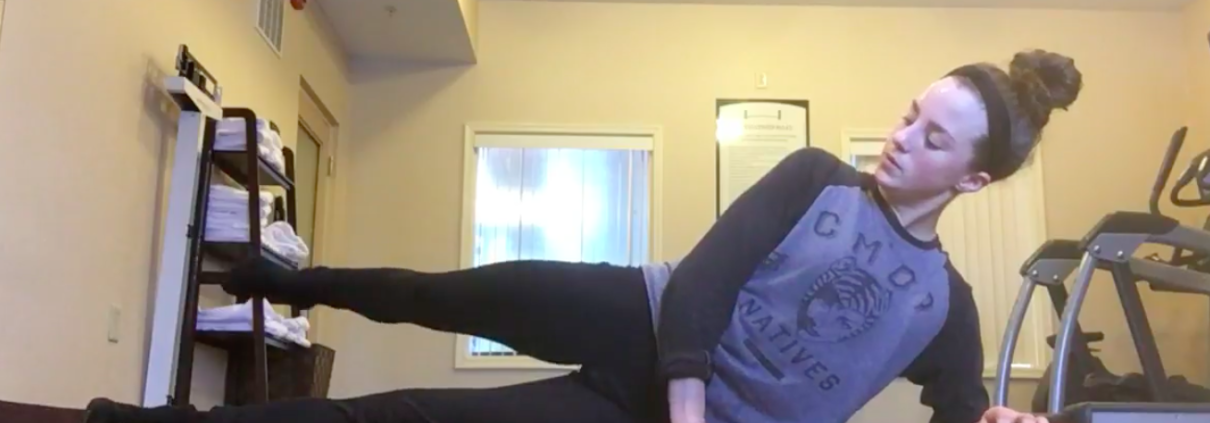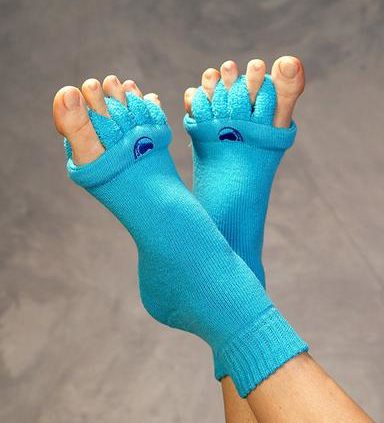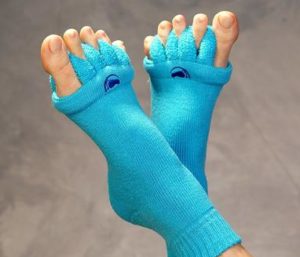It seems these days that people are no longer shying away from the concept of the “pelvic floor.” Some of you may still be surprised to learn that not only do we have muscles down there, but they actually play a vital role in our health! And although it is wonderful that this is becoming a more mainstream topic, it is important that our understanding of when and how to use the pelvic floor muscles is clear.
To start, what is the pelvic floor? If you think of the pelvis like a bowl, the muscles that line the sides and bottom of that bowl to form a supportive hammock would be what we call the pelvic floor. This sling of muscles has two openings for male and female anatomy of the urethra and anus, with female anatomy having the additional opening of the vagina. It is primarily responsible for maintaining the integrity of these openings and the organ systems associated.
Normally we take our pelvic floor for granted until something goes wrong. Whether it’s an episode of incontinence, pain during sex, or in severe cases prolapse for women, there are a myriad of ways our pelvic floor can become unhealthy. It is a common misconception that the reason we have these issues is solely because of a weak pelvic floor. As a result, the term “kegels” has become overutilized and misconstrued. Kegels are the exercise where we attempt to isolate and lift the pelvic floor muscles. Even when this exercise is indicated, it is often not performed correctly.
So what can we do? First, we need to understand that the pelvic floor muscles are like any other muscle in our body. We want them long and lean! So while it is not wrong to perform kegels to strengthen the pelvic floor, we need to balance that with equal time dedicated to relaxation of the pelvic floor. Our favorite way to practice this is with deep breathing. As you inhale, feel the belly fill with breath and imagine the pelvic floor dropping down. As you exhale, imagine sending that breath out the pelvic floor to continue the lengthening and release.
We also need to bring attention to things we do everyday that can be affecting our pelvic floor. A recent study performed by Priya Kannan at the Hong Kong Polytechnic University revealed that there is decreased resting activity of the muscles of the pelvic floor when the ankle is in a plantar flexed position. This is the position our ankle is in when we wear heeled shoes. Limiting our frequency of using footwear with heels has the potential to help prevent future pelvic floor dysfunction: so save those heels for just special occasions!
How can Pilates help? When cued correctly, Pilates provides a great opportunity to focus on both engaging and releasing the pelvic floor. Pilates has a heavy focus on bringing awareness to the pelvis and lower abdomen. These areas work with and directly affect the pelvic floor. Next time you are in class, see if you can find the slight lift in your pelvic floor muscles when you are cued to engage the core. In moments of deep breathing, see if you can relax it. Though the coordination may be tricky at first, you will find over time that these muscles actually work together and reinforce you to have a stronger practice overall. Pilates also helps to strengthen other key hip and pelvis stabilizers such as the three different glute muscles (yes there are three). Strengthening those external stabilizers can help reduce the load on the the internal stabilizers like your pelvic floor so they don’t have to do all the work all the time. It’s all about balance!
As with anything, if you ever experience pain in either engagement or relaxation of the pelvic floor muscles, do not continue that exercise. Be sure to reach out to your doctor or a physical therapist who specializes in pelvic floor therapy in order to receive the appropriate medical attention. When you feel ready both physically and mentally, try Pilates! Your pelvic floor will thank you for it.
